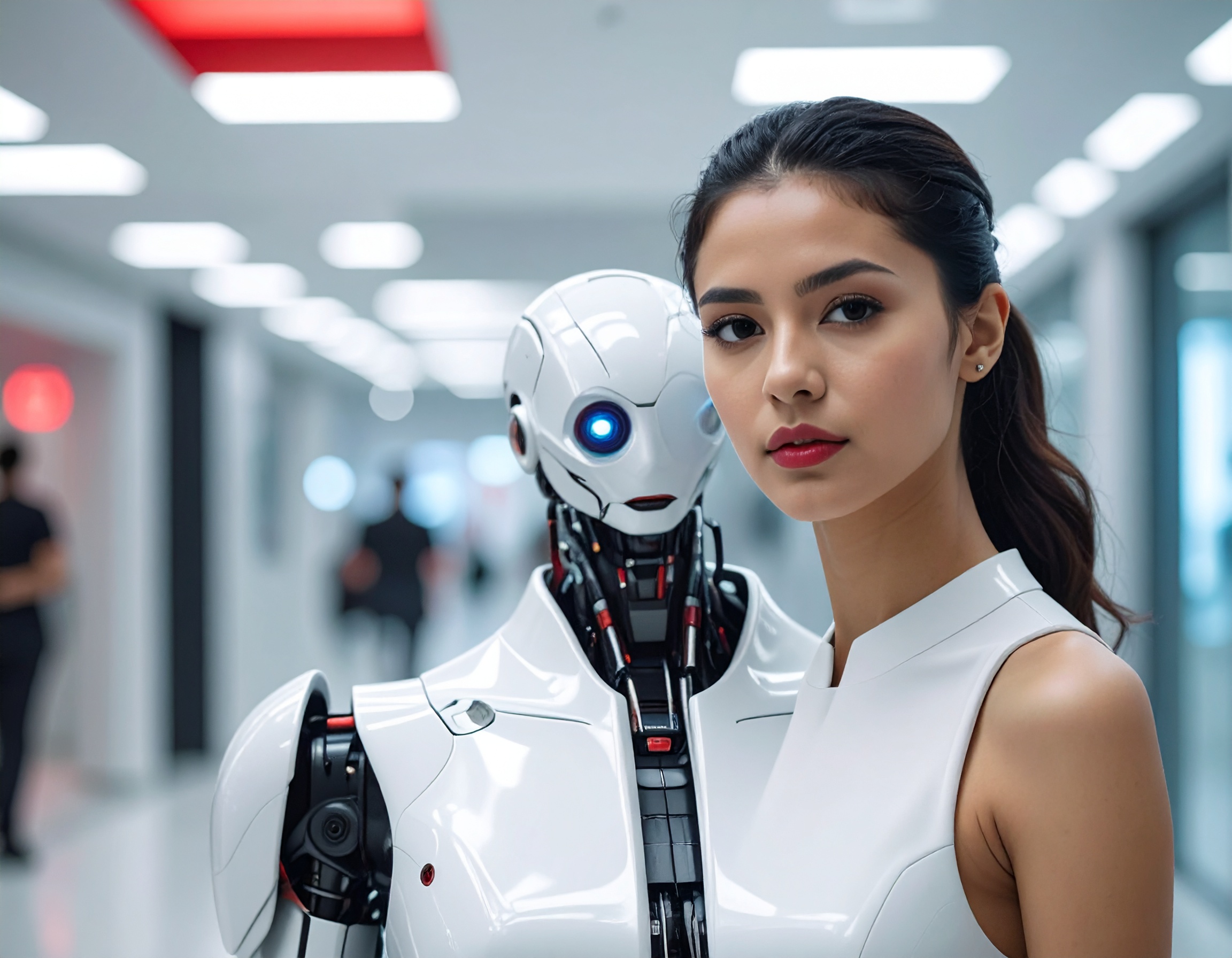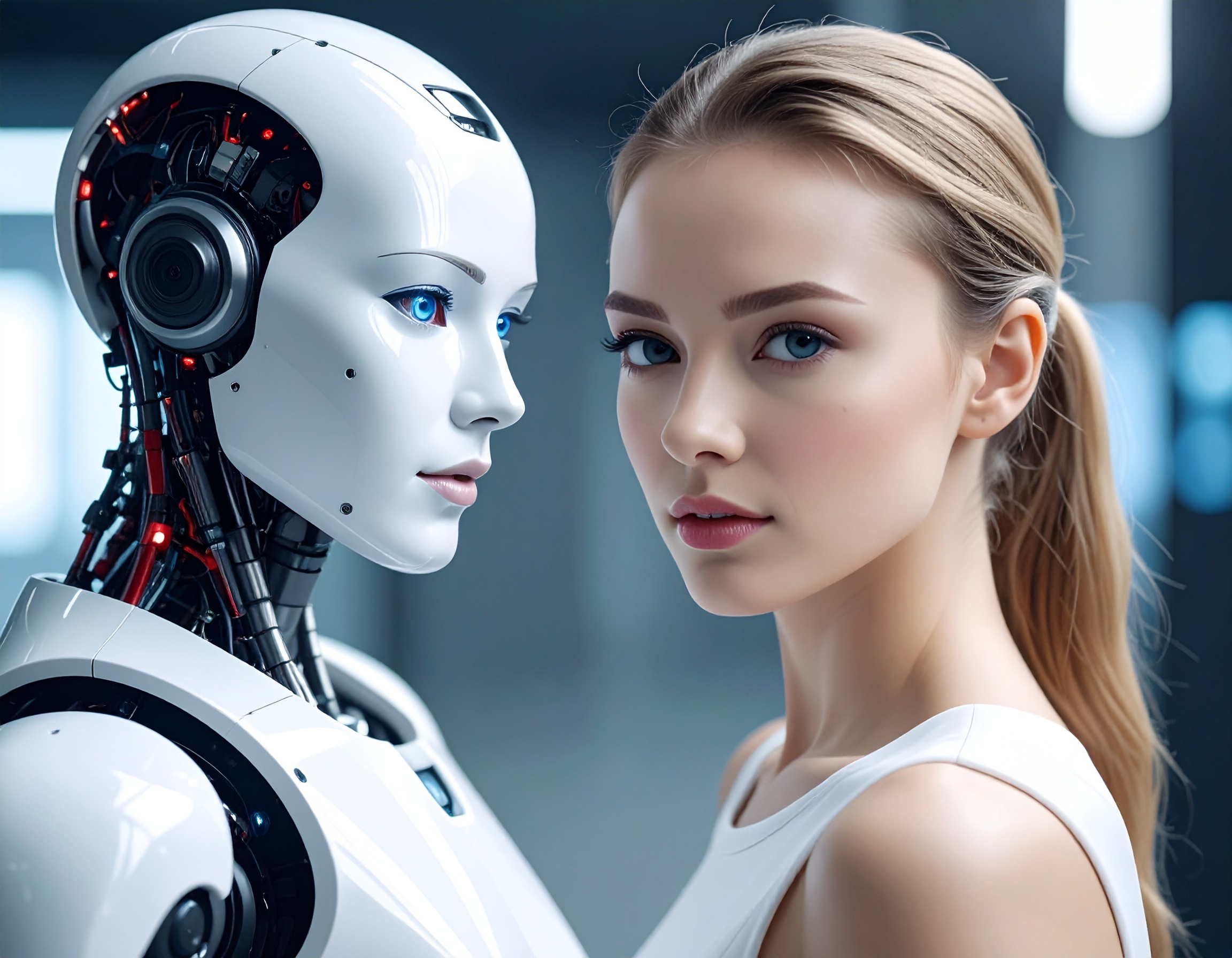Breaking the Mold: The Whiteness of AI and the Urgent Need for Inclusive Robots

In a groundbreaking revelation, the pervasive issue of racial bias extends beyond artificial intelligence algorithms and into the realm of physical robots designed for social interaction. Mark Paterson, a Professor of Sociology at the University of Pittsburgh, sheds light on the predominantly white appearance of socially assistive robots, questioning why machines, such as Kaspar and Nao, designed to aid diverse groups, exhibit features resembling white individuals. This phenomenon, labeled "the poverty of the engineered imaginary," unveils the limitations imposed by design choices made during the development of existing robots.
The crux of the problem lies in the intersection between the cultural imaginary, influenced by historical depictions of robots in literature and film, and the engineered imaginary shaped by contemporary design choices. The cultural legacy of portraying robots as white and often female dates back to ancient Rome, perpetuating a skewed representation that lacks diversity. Paterson argues that addressing this issue is not as simple as altering the color of robot casings but requires a deeper transformation in the field of human-robot interaction.
The urgency to diversify the appearance of robots stems from the growing utilization of socially assistive robots in aiding individuals on the autism spectrum, children with special needs, and stroke patients undergoing physical rehabilitation. With rates of autism diagnoses in children of color surpassing those in white children, the potential mismatch between the beneficiaries and the predominantly white robots becomes a critical concern. The solution, Paterson suggests, involves collaborative efforts between social scientists, interaction designers, and engineers to not only change the physical appearance of robots but also enhance cross-cultural sensitivity in gestures and touch, making human-robot interaction more inclusive and less uncanny.
In the quest for diversity and inclusion, Paterson advocates for an interdisciplinary approach, highlighting ongoing efforts, such as critical perspectives on affective embodied interaction, as a promising avenue. As the world leans on technology to assist and connect with non-human workers, the imperative to ensure these digital employees are representative of the diversity they serve becomes a moral and practical imperative for the future of human-robot relations.
Key Highlights:
- The article explores the pervasive issue of racial bias in the appearance of socially assistive robots, shedding light on the predominantly white features of machines designed for diverse human interactions.
- Socially assistive robots, such as Kaspar and Nao, intended to aid individuals on the autism spectrum and other special needs, exhibit design choices that reflect a "poverty of the engineered imaginary," limiting the diversity of their appearance.
- The problem is rooted in the intersection of the cultural imaginary, influenced by historical portrayals of robots in literature and film, and the engineered imaginary, shaped by contemporary design choices. This cultural legacy dates back to ancient Rome and perpetuates a biased representation of robots as predominantly white and often female.
- The urgency to address this issue arises from the increased utilization of socially assistive robots in assisting diverse groups, including children with special needs and stroke patients. With diagnoses of autism in children of color surpassing those in white children, there is a growing concern about the mismatch between the beneficiaries and the predominantly white robots.
- The proposed solution involves collaborative efforts between social scientists, interaction designers, and engineers to not only change the physical appearance of robots but also enhance cross-cultural sensitivity in gestures and touch, making human-robot interaction more inclusive and less uncanny.
- An interdisciplinary approach, exemplified by initiatives like critical perspectives on affective embodied interaction, is seen as a promising avenue for addressing the lack of diversity in the appearance and interaction styles of socially assistive robots.
- The article emphasizes the moral and practical imperative to ensure that digital employees, represented by socially assistive robots, are more representative of the diversity they aim to serve in the context of evolving human-robot relations.
Reference:
https://theconversation.com/why-are-so-many-robots-white-213336


